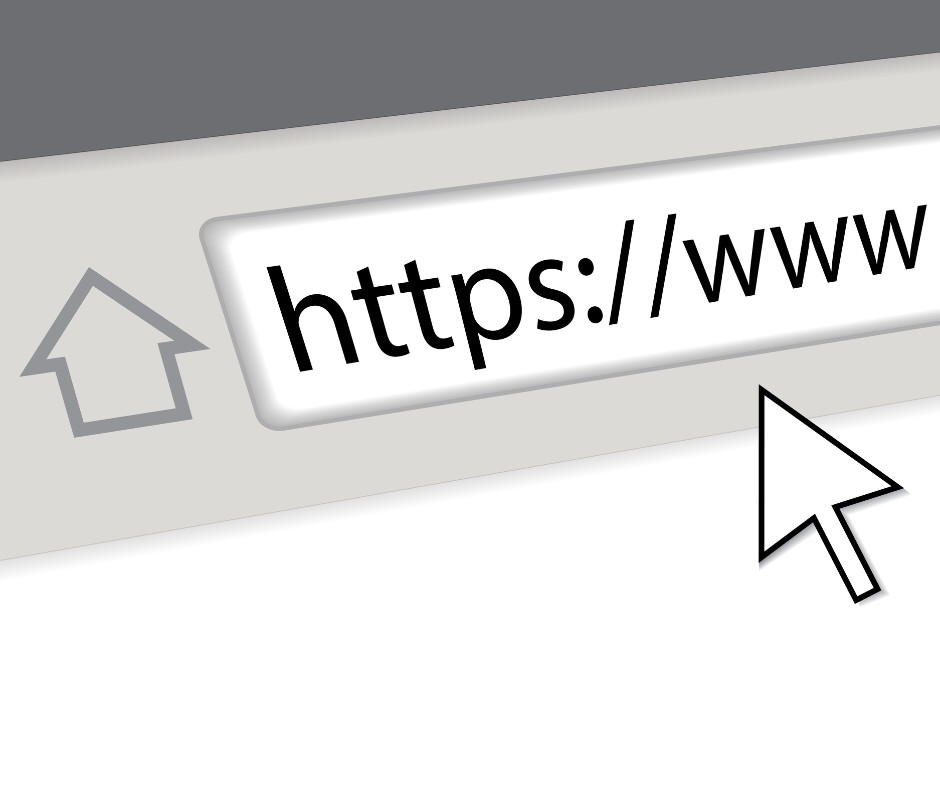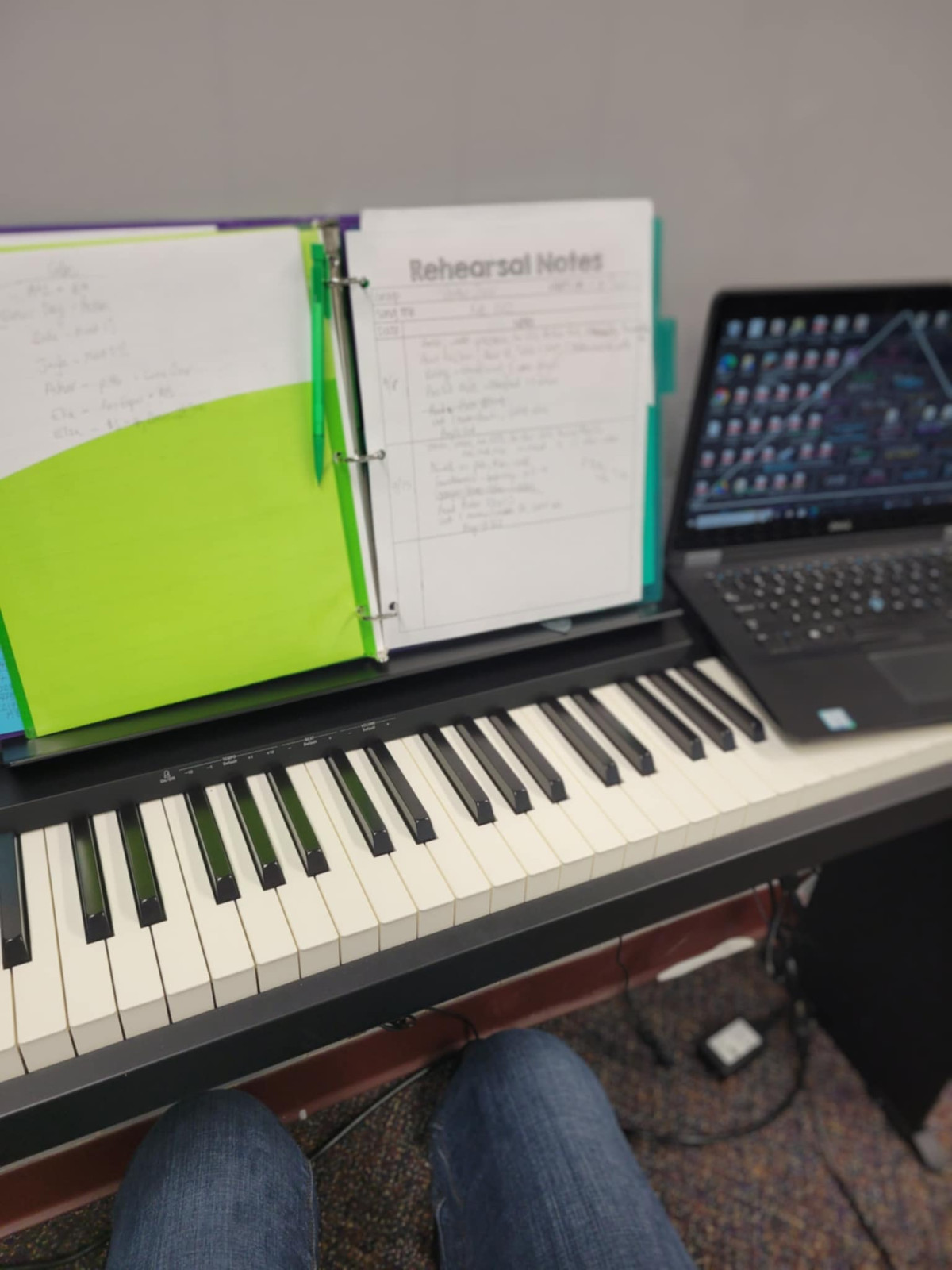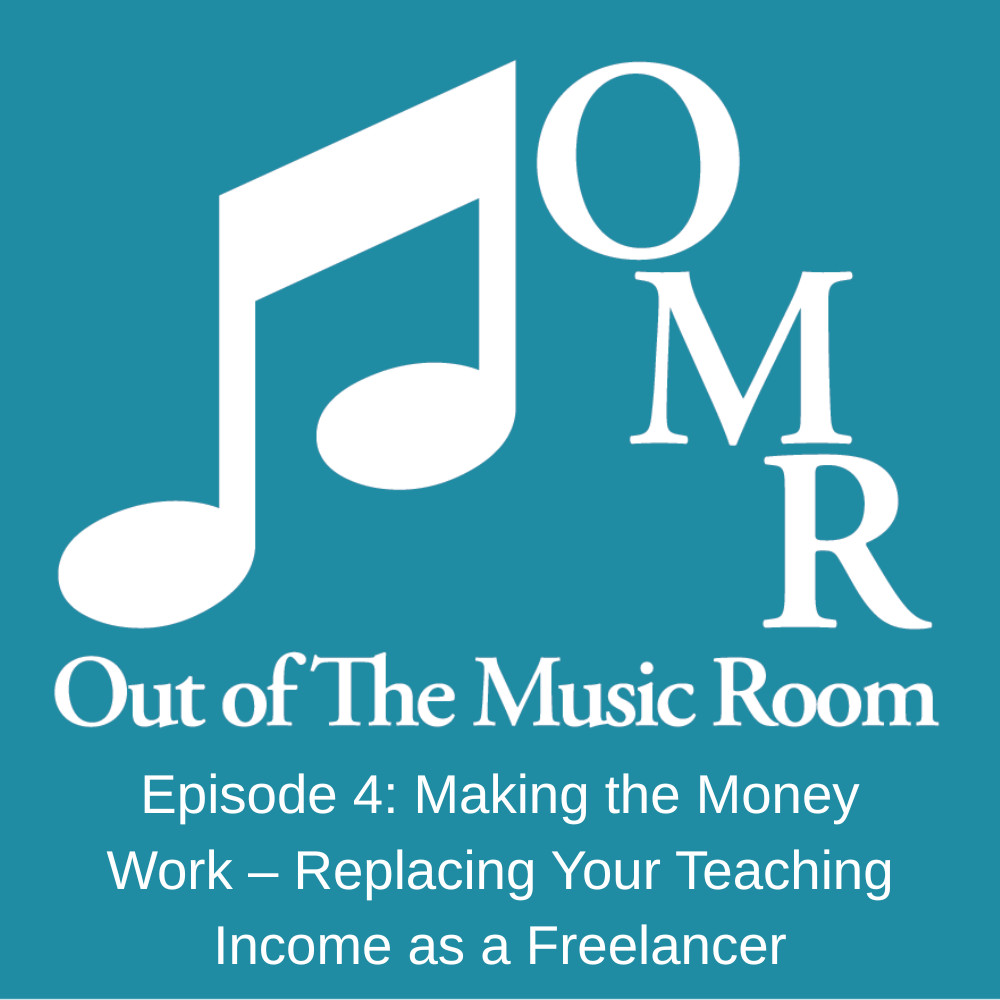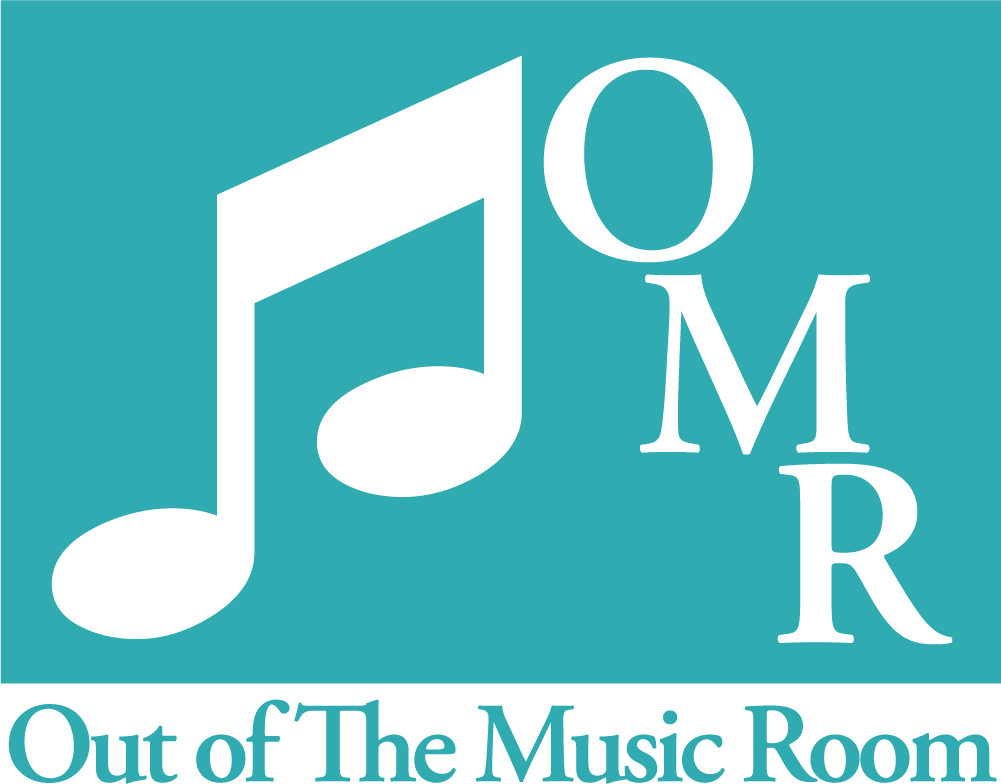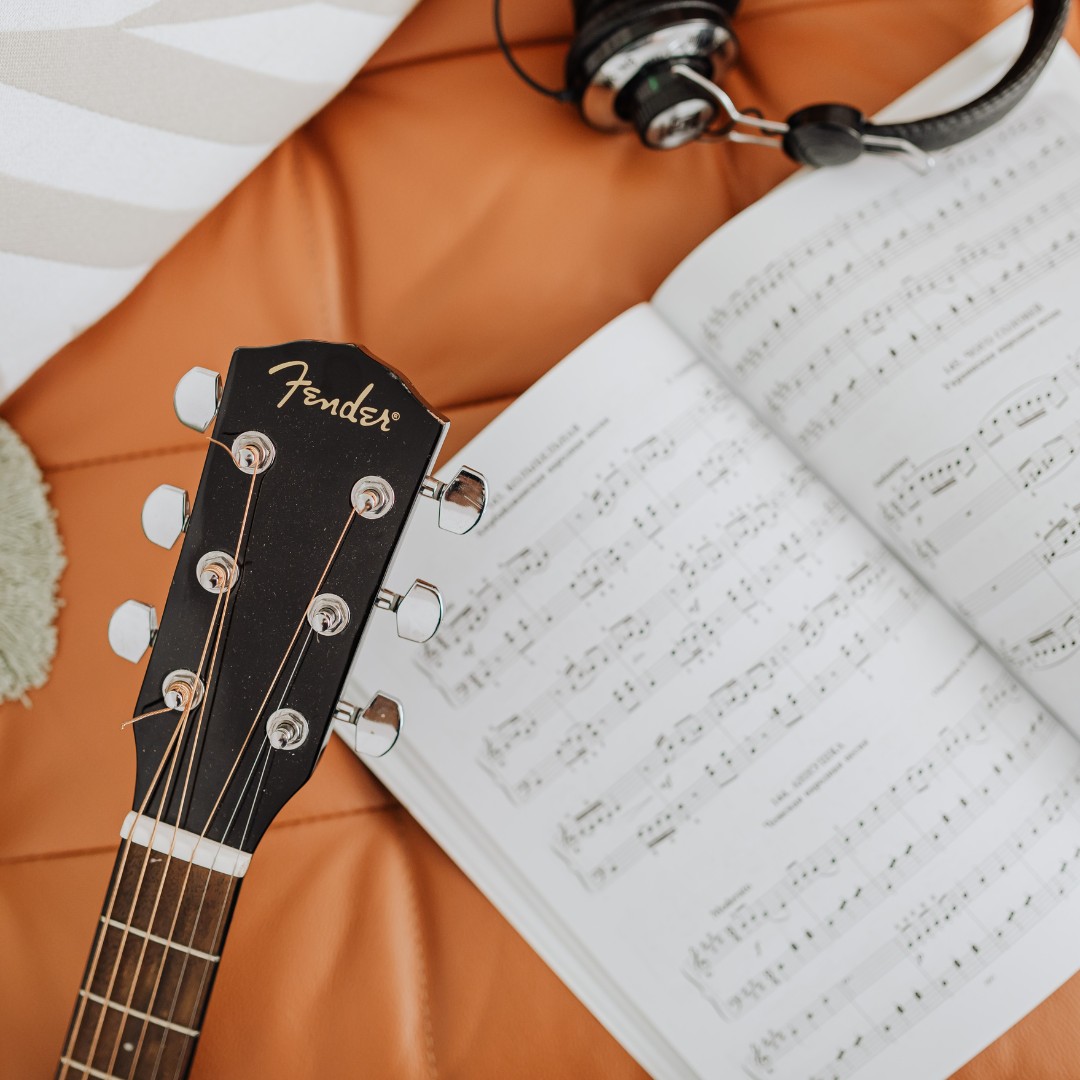
Creativity Doesn’t Thrive on Pressure
It needs space, stillness, and energy.
How to Protect Your Creativity (Even When Life Is Full)
- Protect quiet time like it’s part of your job. Because it is. Silence is where new ideas form. Even ten minutes counts.
- Notice what drains you. Some commitments sound good on paper but leave you feeling flat. Pay attention to that.
- Create before you consume. Even five minutes of journaling or playing music before scrolling helps your brain stay original instead of reactive.
- Fuel your body. Creativity lives in your physical energy. Sleep, hydration, and nutrition matter more than you think.
- Support your recovery. This is where things like peptides can come in, not as a fix but as support. They help your body repair and restore energy at the cellular level, which makes it easier to access that flow state again.
Creativity and Rest Work Together
Ready to Start Protecting Your Creativity Again?
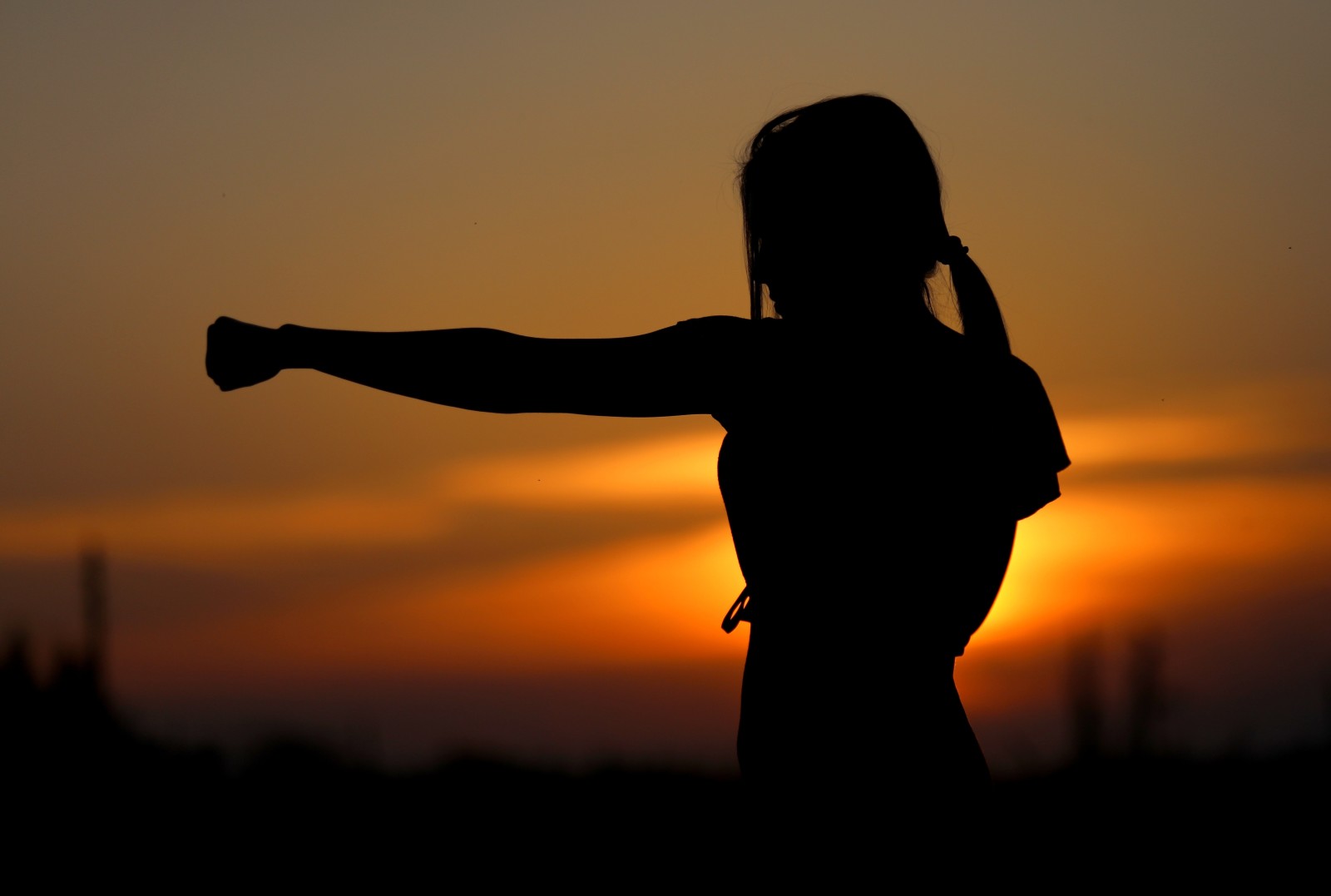
Burnout Isn’t a Lack of Passion. It’s a Lack of Recovery.
What Real Recovery Looks Like for Teachers
- Movement that restores, not depletes. Gentle stretching, walking outside, or even dancing in your kitchen.
- Fuel that supports your brain and body. Protein, hydration, and supplements that actually help your cells repair.
- Boundaries that protect your energy. You don’t need to respond to every message right away. You’re allowed to have quiet.
- Practices that regulate your nervous system. Breathing, prayer, journaling, or simply sitting still for five minutes before your next lesson.
The Shift That Changes Everything
Maybe it’s ending lessons ten minutes early so you can stretch and breathe.
Maybe it’s swapping the afternoon coffee for water and a walk.
Maybe it’s asking for help before you hit the wall.
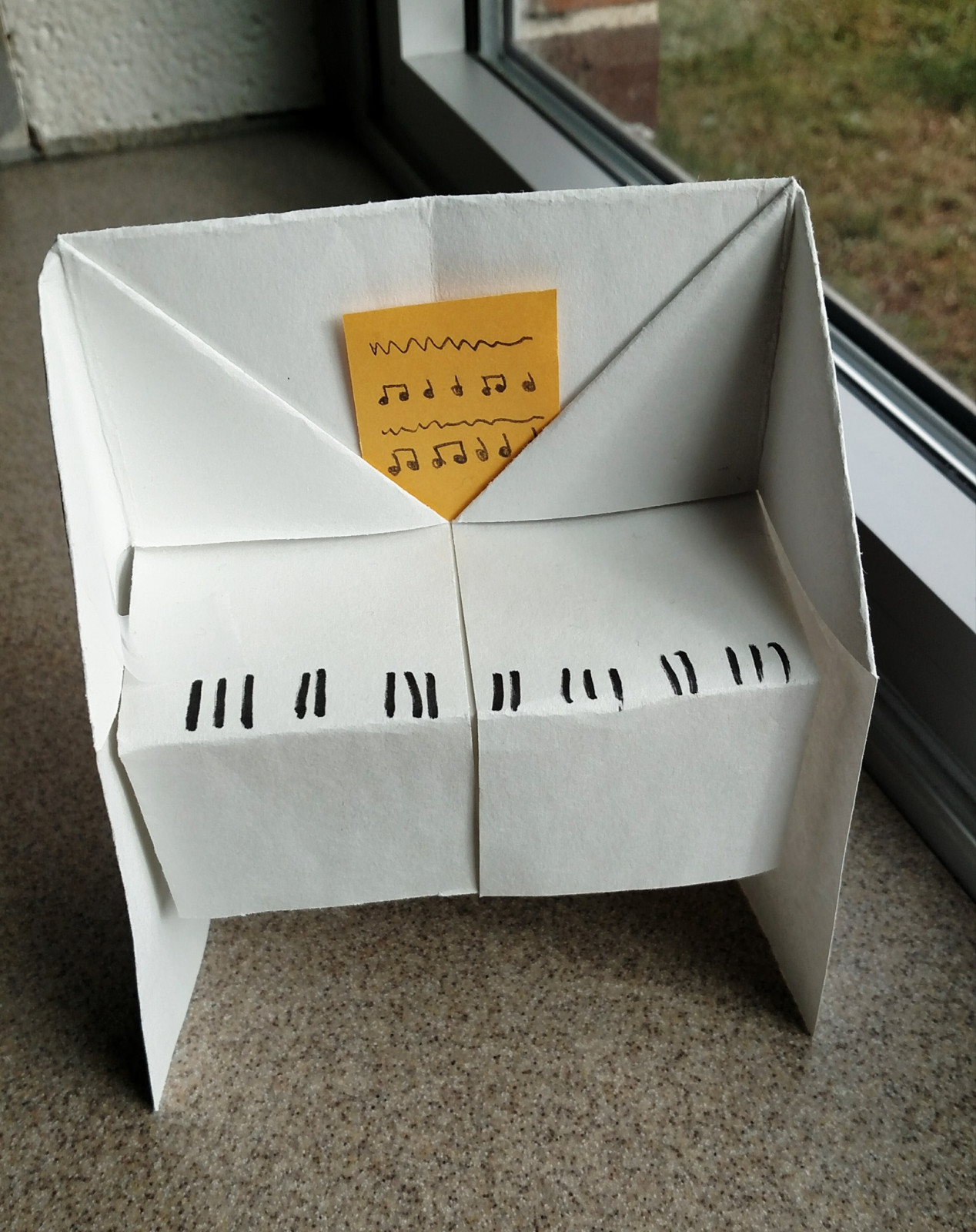
The Power of Music
Choosing the Right Music
Classical Music
- Mozart’s “Piano Concerto No. 21”: A beautiful, calming piece that soothes the soul.
- Beethoven’s “Moonlight Sonata”: Its gentle and flowing melodies create a peaceful ambiance.
- Bach’s “Air on the G String”: Perfect for creating a serene and relaxing environment.
Ambient Music
- Brian Eno’s “Music for Airports”: An iconic ambient album perfect for relaxation.
- Moby’s “Long Ambients 1: Calm. Sleep.”: Specifically designed to aid in sleep and relaxation.
- Aphex Twin’s “Selected Ambient Works Volume II”: A collection of deeply soothing ambient tracks. (I don't really like these personally, but that's okay! Each person can find their own most calming music!)
Nature Sounds
- “Ocean Waves: Nature Sounds for Relaxation”: Ideal for creating a calming seaside atmosphere.
- “Rainforest Sounds”: Brings the serene sounds of a lush forest to your home.
- “Thunderstorm Sounds”: Perfect for those who find the sound of rain and thunder soothing.
Acoustic and Instrumental
- Ludovico Einaudi’s “Nuvole Bianche”: A hauntingly beautiful piano piece.
- Acoustic Alchemy’s “The Beautiful Game”: Smooth and relaxing acoustic guitar.
- Yiruma’s “River Flows in You”: A gentle and calming piano melody.
Chillout and Downtempo
- Bonobo’s “Black Sands”: A mix of electronic and acoustic elements for a relaxing experience.
- Zero 7’s “In the Waiting Line”: A soothing downtempo track perfect for relaxation.
- Thievery Corporation’s “The Richest Man in Babylon”: A chillout track with a world music influence.



